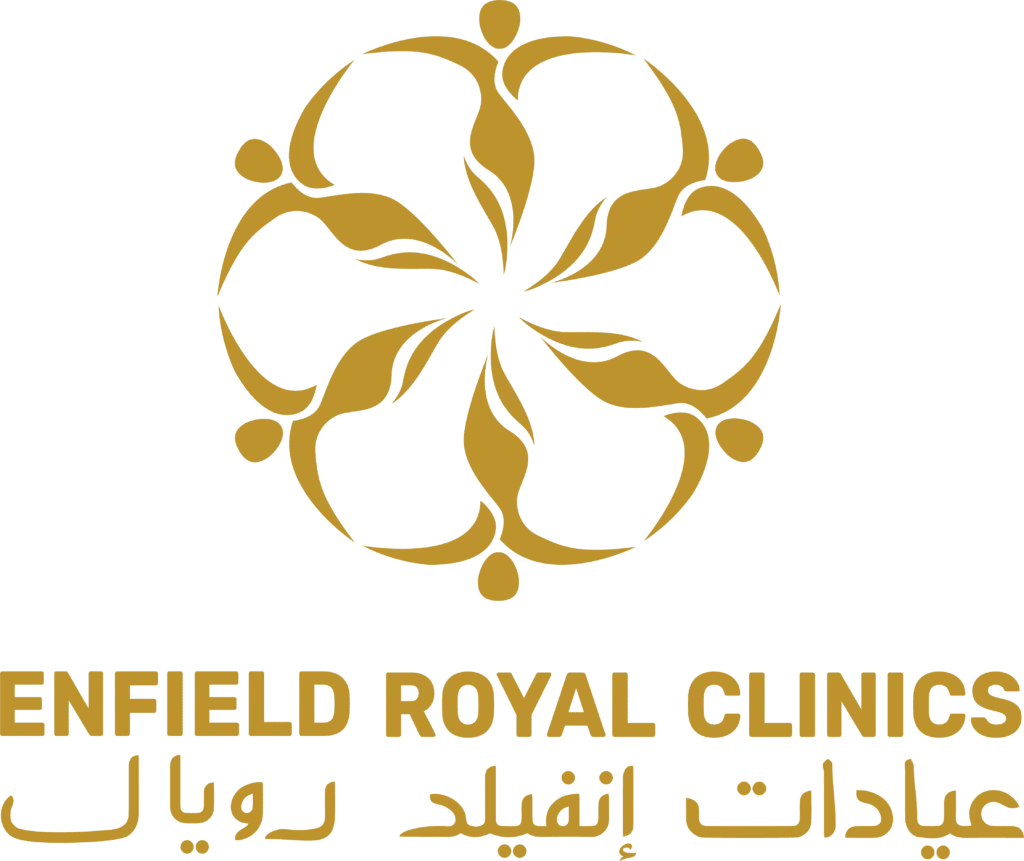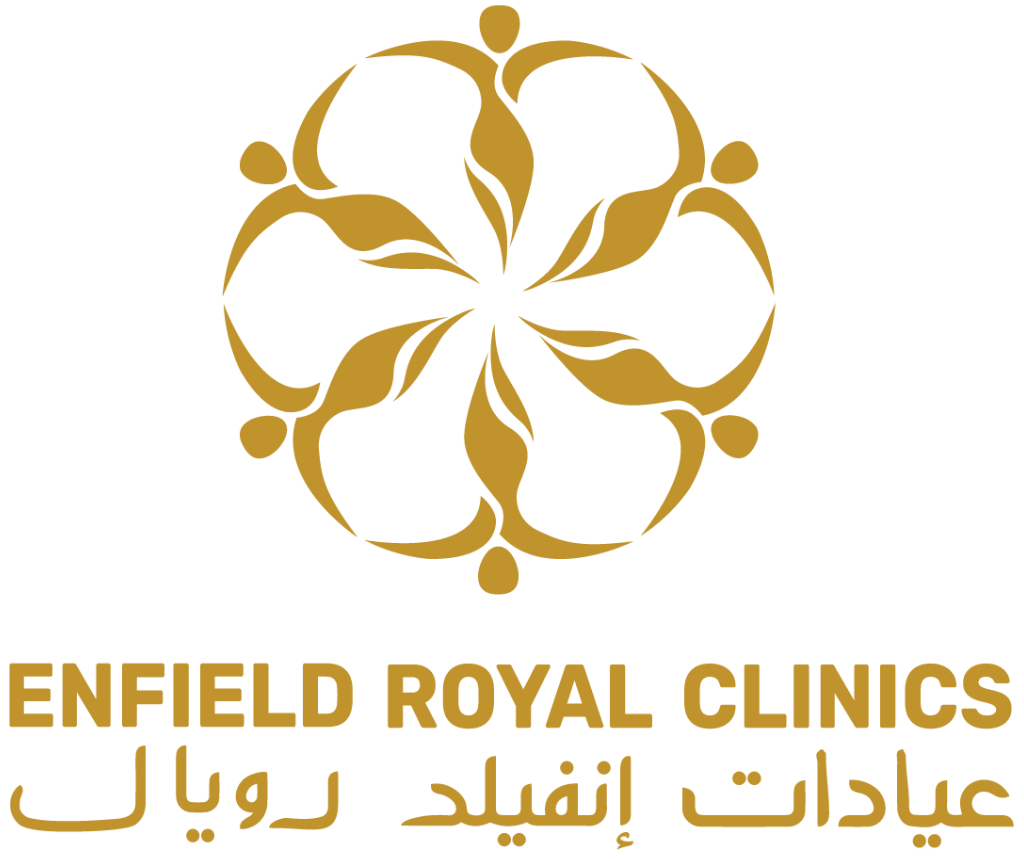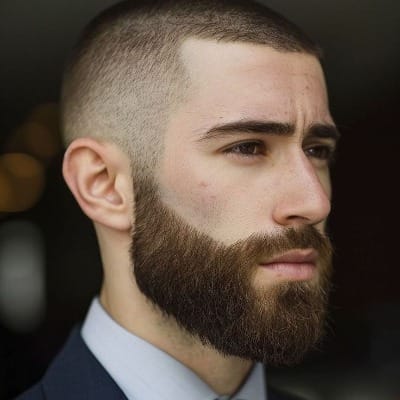Beard transplants are becoming more and more popular among men who want to fill in bald spots or make their beards bigger and thicker. Many people worry about how long it will take to heal and get back to normal after getting their dream beard.
If you’re thinking about getting a beard transplant in Islamabad, learning about the healing process might help you make better plans and calm your fears. In this blog, we’ll talk about the healing plan, and what to expect after the treatment.
Understanding the Beard Transplant Procedure
Usually, hair cells are transferred from the source area, which is the back of your head, to the parts of your face where you want your beard to grow faster.
There are two main ways to do beard transplants:
FUT (Follicular Unit Transplantation): A strip of hair-bearing skin is removed from the donor area, and the follicles are harvested from it.
FUE (Follicular Unit Extraction): Individual hair follicles are extracted one by one from the donor area and then transplanted. This method leaves minimal scarring and is the most commonly used technique today.
The Beard Transplant Recovery Timeline
Although it takes some time, healing after a beard replacement is usually easy. Even though you won’t need a lot of rest, it’s crucial to understand the various steps of healing and what to expect at each one.
Day 1 through Day 3: Right After the Procedure
You may feel your face is hot and puffy after the transplant, especially where the follicles were placed. It is very normal for little scabs to form near each graft. You may also encounter:
- Slight discomfort
- Tenderness or tightness
- A little leaking or bleeding
Pay attention to your surgeon’s treatment ideas throughout this time. It could be suggested that you:
- To lessen swelling, sleep with your head up.
- To avoid illness or causing the grafts to come loose, refrain from touching or hurting your face.
- Use a water solution to gently clean your face, or follow your doctor’s advice.
It’s better to take it slow and give your body time to heal, but most people may restart non-strenuous jobs in a day or two.
Day 4–7: The First Healing
The redness and swelling should begin to go away around this point. The scabs around the moved hairs may tighten and fall off on their own. To protect the new follicles, it’s crucial to let these scabs fall off regularly without picking or scratching.
In this period:
- Light jobs may be continued, but avoid heavy effort.
- Maintain the area’s cleaning and stick to any treatment directions offered.
- Itching is a normal side effect of the healing process for certain people.
Within a week, most people feel well enough to restart their jobs or social activities, especially if the scabbing and swelling have reduced.
Weeks Two and Three: The Shedding Stage
If the moved hairs start to come out at this time, don’t worry. This is referred to as the “shedding phase,” and it is rather normal. The skin cells stay unhurt and form new hairs during the short shedding time.
Months 1–3: The Start of New Growth
The first signs of fresh hair growth may appear between weeks four and six. At first look, the hairs may seem soft, thin, or uneven. This is a normal step in the process, and as time goes on, growth will become better.
In this stage:
- Hair grows gradually and changes from person to person, so have patience.
- To give the new hairs time to fully grow, stop shaving or cutting for at least a month, or as recommended by your surgeon.
- You are free to start engaging in more physical work again.
Month 4 to Month 6: Visible Outcomes
The new beard hairs will begin to grow and fill out four to six months after the transplant. The smoothness and density will improve. Your present beard will start to naturally join in with the hair.
In the meantime, you can:
- As usual, take care of your beard; cutting, shaping, and styling.
- Take pride in your new, bigger beard, and enjoy the progress it has made!
Month 9 to Month 12: Completed Outcomes
Your beard will likely reach its full potential after a year. It should be fully grown with fullness and thickness that appear normal. You can dress the moved hair as you wish, and it will act similarly to the rest of your facial hair.
Tips for a Smooth Recovery
- Observe Aftercare Instructions as these are important for good healing.
- Drink plenty of water and eat a healthy diet to support hair growth.
- Avoid alcohol and tobacco, it might slow the healing process.
- Be patient; while it takes time to see results, the wait is important!
Final Thoughts:
After a beard transplant in Islamabad, healing is very easy and fast. Although there may be pain and scabbing during the first week, most patients can continue their regular tasks in a few days. Although it may take up to a year to see full results. If you’re thinking about getting a beard transplant in Islamabad visit Enfield Royal Clinics, and consult with our best surgeon Dr Naveed Azhar to find out what’s best for you. You could be closer than you think to having your dream beard!








Leave a Reply